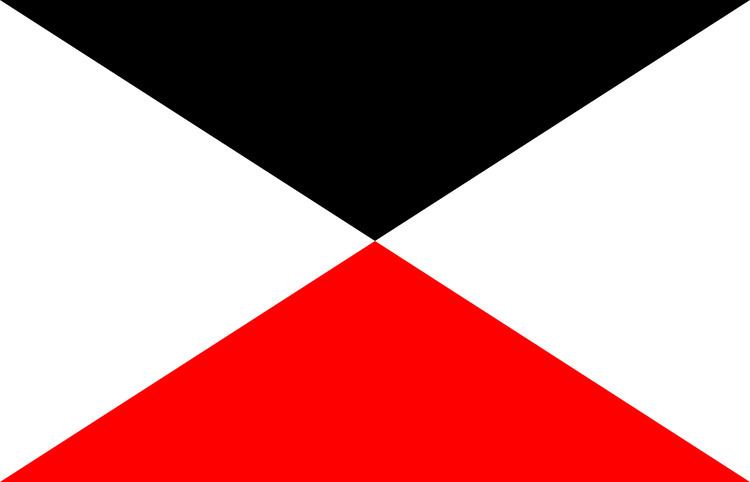 | ||
Active 1869 (1869)–1919 (1919) Size Approximately 44,000 (on mobilisation in 1914) Engagements Franco-Prussian WarBattle of Wissembourg (1870)Battle of Wörth (1870)Battle of SedanSiege of ParisWorld War IBattle of the Frontiers | ||
The II Royal Bavarian Army Corps / II Bavarian AK (German: II. Königlich Bayerisches Armee-Korps) was a corps level command of the Royal Bavarian Army, part of the German Army, before and during World War I.
Contents
- Franco Prussian War
- Peacetime organisation
- Organisation on mobilisation
- Combat chronicle
- Commanders
- References
As part of the 1868 army reform, the II Royal Bavarian Army Corps of the Bavarian Army was set up in 1869 in Würzburg as the Generalkommando (headquarters) for the northern part of the Kingdom. With the formation of the III Royal Bavarian Corps in 1900 it was made responsible for Lower Franconia, parts of Upper Franconia and the Palatinate. Like all Bavarian formations, it was assigned to the IV Army Inspectorate which became the 6th Army at the start of the First World War. The Corps was disbanded at the end of the War.
Franco-Prussian War
The II Royal Bavarian Corps (along with the I Royal Bavarian Corps) participated in the Franco-Prussian War as part of the 3rd Army. It saw action in the battles of Weissenburg, Wörth and Sedan, and in the Siege of Paris.
Peacetime organisation
The 25 peacetime Corps of the German Army (Guards, I - XXI, I - III Bavarian) had a reasonably standardised organisation. Each consisted of two divisions with usually two infantry brigades, one field artillery brigade and a cavalry brigade each. Each brigade normally consisted of two regiments of the appropriate type, so each Corps normally commanded 8 infantry, 4 field artillery and 4 cavalry regiments. There were exceptions to this rule:
V, VI, VII, IX and XIV Corps each had a 5th infantry brigade (so 10 infantry regiments)II, XIII, XVIII and XXI Corps had a 9th infantry regimentI, VI and XVI Corps had a 3rd cavalry brigade (so 6 cavalry regiments)the Guards Corps had 11 infantry regiments (in 5 brigades) and 8 cavalry regiments (in 4 brigades).Each Corps also directly controlled a number of other units. This could include one or more
Foot Artillery RegimentJäger BattalionPioneer BattalionTrain BattalionOrganisation on mobilisation
On mobilization on 2 August 1914 the Corps was restructured. 4th Cavalry Brigade was withdrawn to form part of the Bavarian Cavalry Division and the 3rd Cavalry Brigade was broken up and its regiments assigned to the divisions as reconnaissance units. Divisions received engineer companies and other support units from the Corps headquarters.
The 8th Bavarian Infantry Brigade (4th and 8th Bavarian Infantry Regiments) remained in Metz as part of the 33rd Reserve Division on mobilisation. It was replaced in 4th Bavarian Division by the 5th Bavarian Reserve Infantry Brigade (5th and 8th Bavarian Reserve Infantry Regiments).
In summary, II Bavarian Corps mobilised with 25 infantry battalions, 8 machine gun companies (48 machine guns), 8 cavalry squadrons, 24 field artillery batteries (144 guns), 4 heavy artillery batteries (16 guns), 3 pioneer companies and an aviation detachment.
Combat chronicle
On mobilisation, II Royal Bavarian Corps was assigned to the predominantly Bavarian 6th Army forming part of the left wing of the forces for the Schlieffen Plan offensive in August 1914. It was still in existence at the end of the war in the 17th Army, Heeresgruppe Kronprinz Rupprecht on the Western Front.
Commanders
The II Royal Bavarian Corps had the following commanders during its existence:
